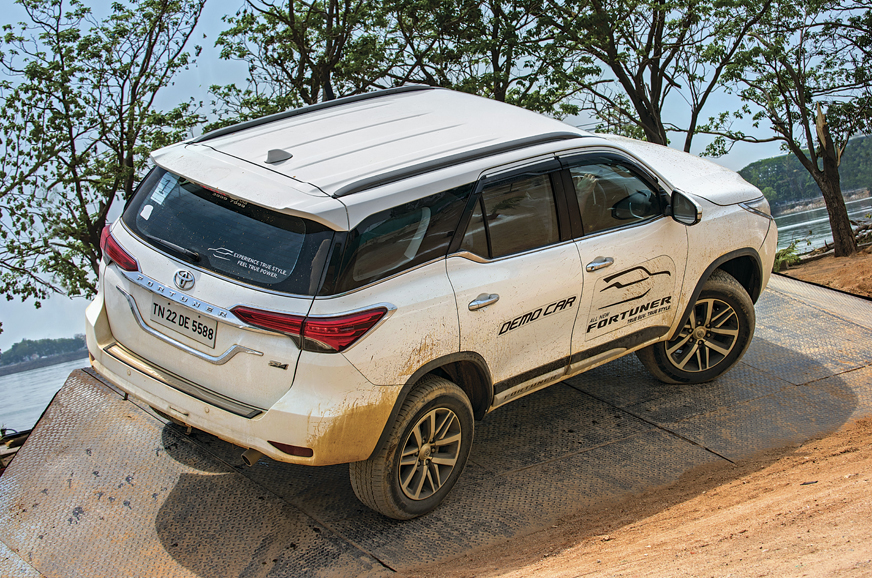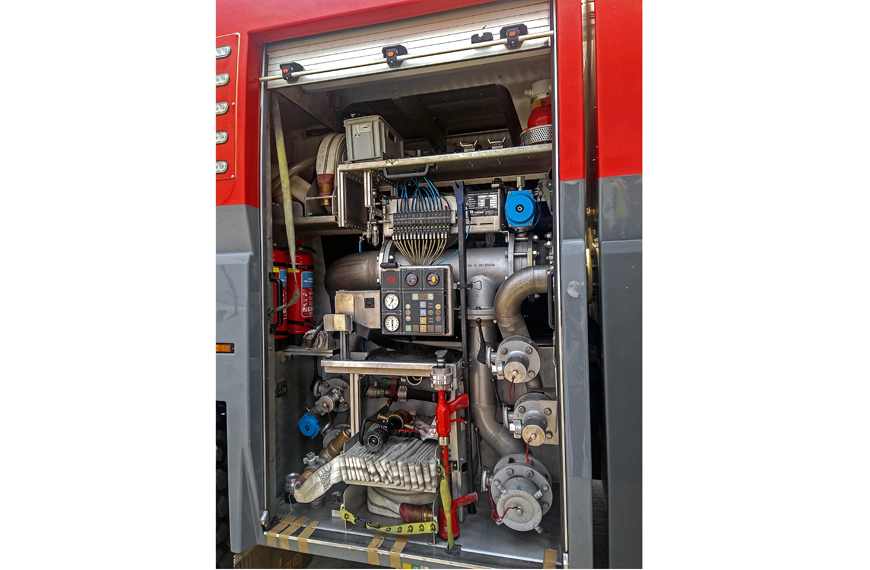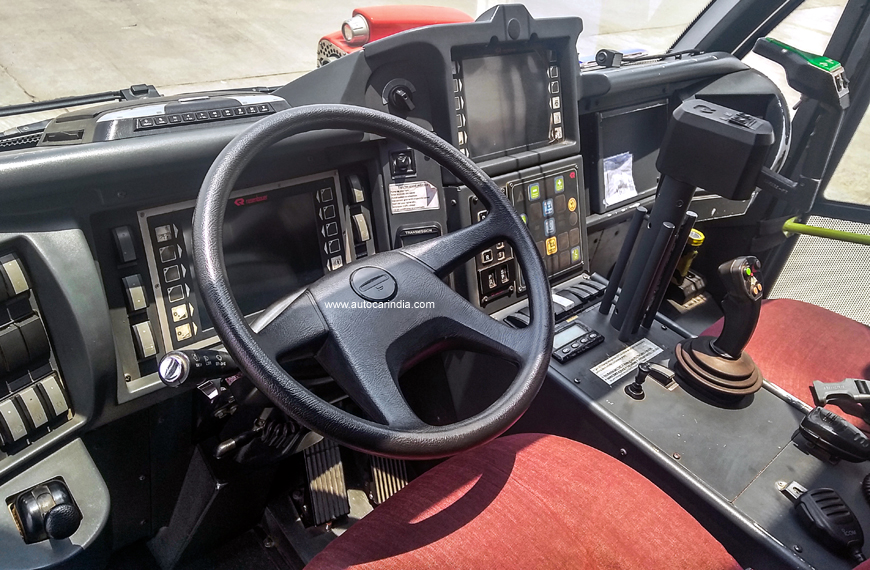Getting up close and personal with a vintage or classic machine is a special experience. More often than not, you are transported into an era only remembered in sepia tones, where the style, mechanical feel and sheer build quality of the good old days whisks your mind away immediately. This fascinating journey into the past is even more intriguing if there’s someone on hand to explain the oily bits. So when friends from the Indian Air Force invite us to come up to the Lohegaon Air Force station in Pune and take a close look at their recently resurrected DH 82 Tiger Moth, we all but jump.
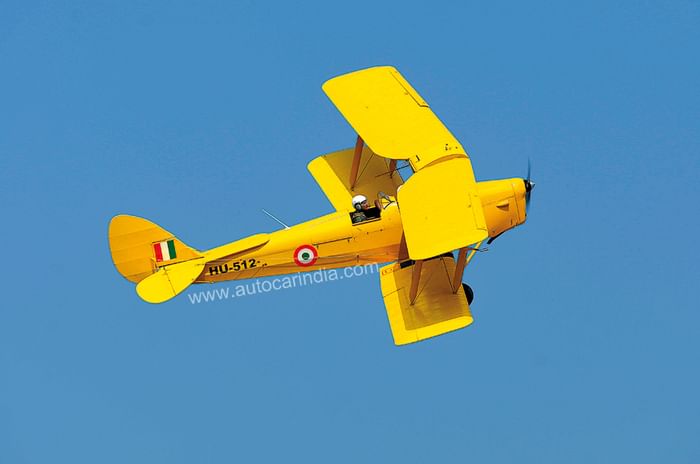
"Bring along something appropriately light, sporty and mechanically simple,” says Group Captain Umesh Sharma, technical head at Lohegaon, whose job it is to keep India’s Sukhoi Su 30 MKIs fighting fit. A quick call to classic car collector and aficionado Govind Thakker in Pune means we soon have an appropriate car, a 1964 MGB. What a pair they make; one the quintessential trainer, the other the iconic droptop roadster. Both minimalist, both delivering more than you expect in terms of performance, both quintessentially British.
 IAF men found the MGB just as attractive.
IAF men found the MGB just as attractive.
There’s not much I can add to the legend of the de Havilland Tiger Moth, other than to say that it was probably the most versatile and loved training aircraft ever built. Born in the 1930s as a trainer for the Royal Air Force, it is still alive and kicking today in private hands; an exceptional feat in itself. Though it may look ancient, the Tiger Moth wasn’t one of the really early biplanes. Basically an evolution of the Gipsy Moth with the wings and front cockpit moved away from each other, so that the pilot could climb out and use a parachute without getting stuck, the Tiger Moth was the 911 of biplanes – a design made perfect through a series of evolutions. The wings were swept back in an effort to maintain the same centre of lift, designer Geoffrey de Havilland had strengthened the structure to help it handle higher g forces and the Tiger Moth got fold-down doors as well.

The MGB was more revolutionary than evolutionary as well. Evolved from the TC, which had a stand-up vintage car radiator and large flowing fenders, the B took convertible construction into the modern era. A monocoque construction rather than one that used a rigid frame, the B was designed to be light on its feet and fun to drive. Getting rid of the heavy frame contributed quite a bit and a sporty independent front suspension helped as well. Like the Tiger Moth, the MGB stayed in production for many years too, with production of the car stretching all the way to the 80s, its elegant lines making it nothing less than a design classic. The clean flowing lines, long bonnet and stubby windscreen all scream classic Brit roadster and the recessed headlamps and generous smattering of chrome all add to the appeal. The look is completed by the wire wheels and the neatly integrated chrome grille. The functional but sporty interior is similar in some ways to that of the Moth. Easy-to-read white-on-black instruments are placed on a non-reflective black crackle dash and the elegant sweep of the instrument panel adds aesthetic appeal.
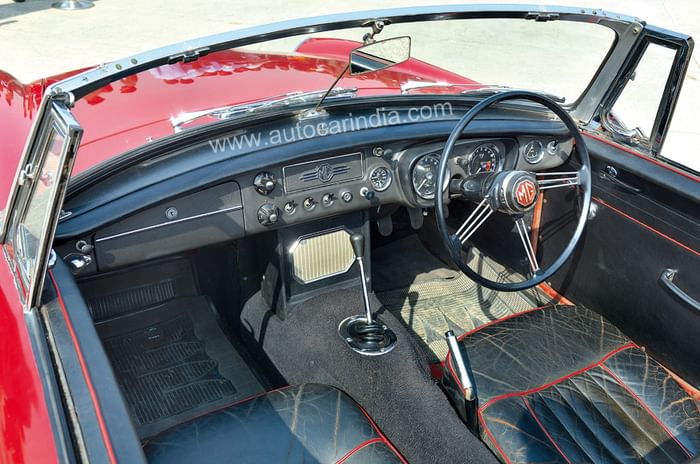
While aesthetics play little part in engineering the skin of an aircraft, the simplistic lines of the Moth are impossibly elegant too, especially in high-visibility yellow. Its slightly sweptback wings make it look particularly racy, there’s a certain romance to the twin open cockpits and the ellipsoid all-moving tail is aesthetically pleasing as well. What comes as a shock, to most observers, is the fact that much of the aircraft is made up of canvas stretched over wooden spars. Look closely at the wings and you can see the fabric stretching.
Mechanically the Tiger Moth is dead simple too. In the nose sits an upside-down air-cooled in-line four cylinder engine. More motorcycle engine-like to look at, with tubes for the pushrod valve-train visible, this single carburetor motor was made by de Havilland. Known as the Gipsy Major, the motor was mounted upside-down so that the crankshaft could be mounted in line with the propellor head, without having the cylinders obstruct the view of the pilot (most modern-day piston engine aircraft use horizontally opposed or flat engines to get around this problem). This version of the engine is known as the Gipsy II, and power output is 143bhp. How big is the engine? Try and guess, keeping in mind this motor was designed in the ’30s and aircraft engines have to be relatively unstressed. This engine displaces 6100cc! The MGB’s motor is almost as peppy. It makes 95bhp, plenty for this 900kg car, but engine capacity in comparison is only 1798cc. Pushrods actuated valves and carburetors feature here as well, but unlike the Moth, this engine is water-cooled. Firing up the MGB is a civilized exercise needing only one person. Turn the key, pump the pedal and you are greeted by a husky, gruff exhaust note.

The Moth needs a bit more effort. There are no electric systems on this aircraft, so someone has to spin the propellor to crank the engine. This takes quite some time. The motor has just been serviced and the cranky old girl simply refuses to fire, even after 10 or 15 attempts (Bullet owners, I’m told, can relate to this). Then, just when the mechanics have all but given up hope, the motor coughs and then fires, the blare from the unsilenced and under-slung exhaust sounding like a brace of British racing motorcycles.
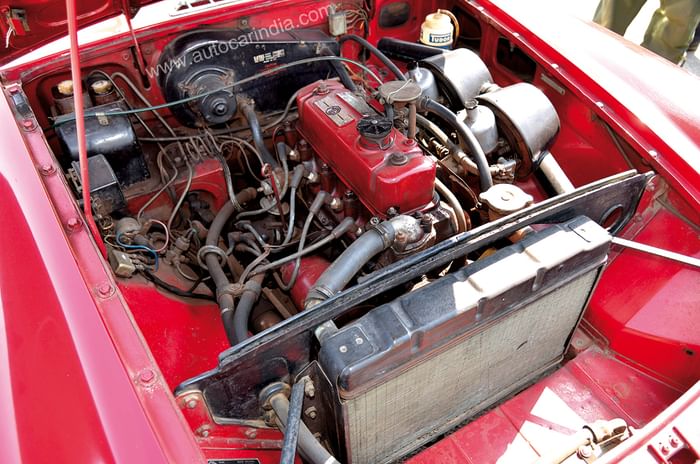
What follows is a brief but really exciting air display, with the Tiger Moth showing off its fully aerobatic, low-speed handling. The Indian Air Force pilots take some really tight turns above the crowd of onlookers and the Moth just charms its way into everyone’s hearts. Then, just to show how far down the road we have come, an IAF Su 30 MKI thunders into the blue, disappearing from view in seconds, buffeting our eardrums and snapping us back to modern times again. What a charming morning.
| Factfile | ||
|---|---|---|
| MGB | DH 82 TIGER MOTH | |
| Top speed | 160kph | 175kph |
| Length | 3886mm | 7340mm |
| Width | 1524mm | 8940mm |
| Height | 1219mm | 2680mm |
| Wheelbase | 2312mm | NA |
| Kerb weight | 920kg | 505.7kg |
| Engine | 4 cyls, 1798cc | Gipsy Major, 4 cyls, 6100cc (upside-down) |
| Power | 96hp | 145hp |
| Torque | 150Nm | NA |
In conversation with Captain Dange, IAF
You’re a test pilot for the HAL LIght Combat Aircraft, but today you’re flying this Vintage Moth. It must be a huge contrast.
I can tell you that in terms of rate of turn, the Moth can beat any contemporary fighter jet in the world. Because it flies slow, its manoeuvering capability is extremely good. Because of the piston engine, throttle responses are very good as well, so flying this aircraft is actually extremely enjoyable.
Delhi to Pune must have needed a few stops?
This aircraft has a limited range and so we are flying very short sectors. We flew Delhi, Narnol, Jaipur, Kishengad, Jodhpur, Udaipur, Ahmedabad, Baroda, Surat, Nashik and now Pune. The weather out of Delhi was very poor, and then visibility dropped drastically. It was extremely challenging for me and Wing Commander Kulshrest – we had to take turns navigating by the instruments and flying while peering through the fog. Initially we were cruising 70 or 72 miles an hour, but winds picked up over Ahmedabad and so our real ground speed was no more than 40. We were even getting a drift of around 40 degrees to the right, the first time I had ever experienced something like that in my life.













